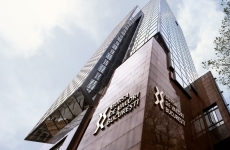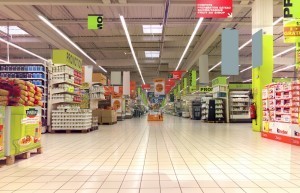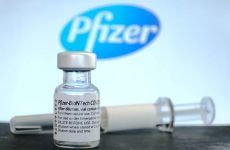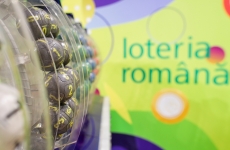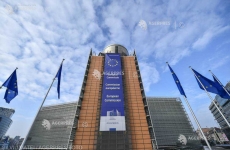The number of insolvent commercial companies and authorized individuals rose by 5.55 per cent in the first eight months of this year, compared to the similar period in 2016, to 5,758 units, according to the data posted on the National Trade Register Office (ONRC) website. Most of insolvent companies and authorized individuals are in Bucharest, 1,228 respectively, up by 10.33 per cent compared to January - August 2016.
Most insolvency cases were recorded in wholesale and retail trade, repair of motor vehicles and motorcycles - 1,732, down by 0.7 per cent. Also, 10,043 companies suspended their activity (-13.52 per cent), and 18,185 were dissolved, a decrease by -16.34per cent. Almost half of the active companies in Romania are at a high insolvency risk, according to a Coface press release issued recently to Agerpres. "The significant high share of companies with high risk of insolvency is explained by the polarization phenomenon of Romanian companies, much more pronounced compared to what we see in Hungary, Poland or the Czech Republic. For example, the largest 10 per cent of the Romanian companies held, at end-2015, nearly 91 per cent of total revenues recorded by the entire business milieu, whilst this share is much lower in Hungary (72 per cent), Poland (68 per cent) or the Czech Republic (59 per cent)," the document reads.
According to the said release, 99 per cent of Romanian companies are competing for a market share of maximum 33 per cent, in the context of a very aggressive competition and underground economy much higher than the average recorded in the EU. "Seven out of ten companies pay their suppliers later compared to the average debt collection and stock rotation period. Of these, 60 per cent finance long-term investments, 30 per cent repay their long-term bank loans (bank credit balance given to companies decreases by some 5 per cent annually) and / or the payment of some dividends (under favorable fiscal conditions of a tax reduced to 5per cent), while 10 per cent finance the companies in their group," the quoted source informs.
According to Coface, the balance of supplier credit has doubled since the impact of the financial crisis up to now, having increased from 168 billion lei (2007) to 340 billion lei (2016), while the bank credit balance rose by only 30 billion lei. "The average debt collection period increased from 60 days (2007) to almost 114 days (2015), and Coface's estimates indicate 118 days for 2016. Practically, a Romanian company's insolvency in 2017 will generate financial losses two times bigger to its business partners. It is not by accident the fact that the first quarter of this year started with a unique couple: the all-time low of new open insolvencies and the maximum financial impact (losses caused to creditors) propagated in the business environment. With the extension of payment terms, suppliers are the largest creditors of companies, with commercial credit accounting for 42 per cent of total debts (compared to 29 per cent in 2008), while bank credit accounts for only 21 per cent (from 24 per cent in 2008).
 Premium
Premium

